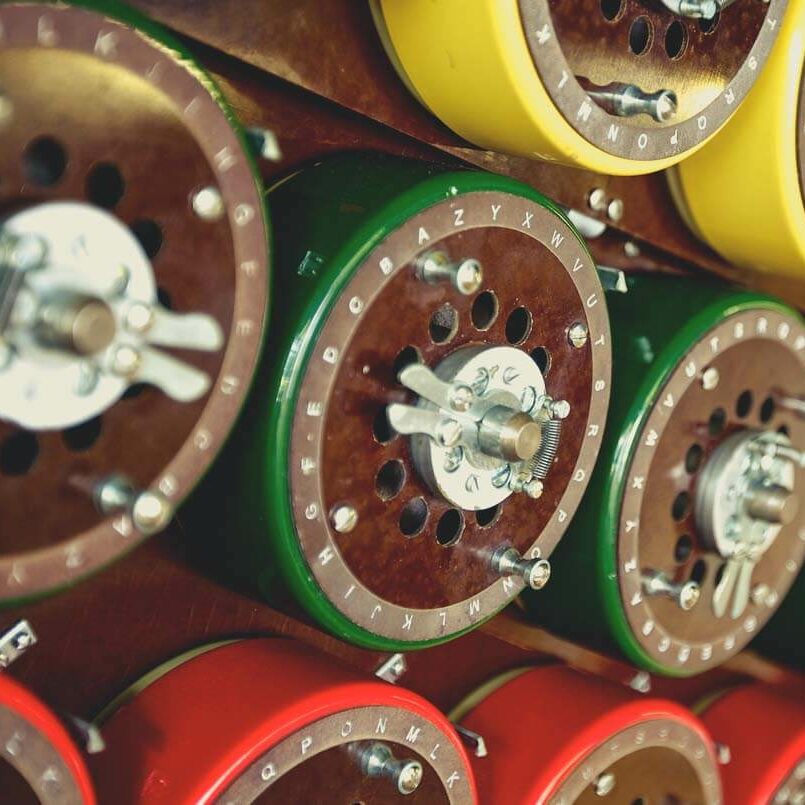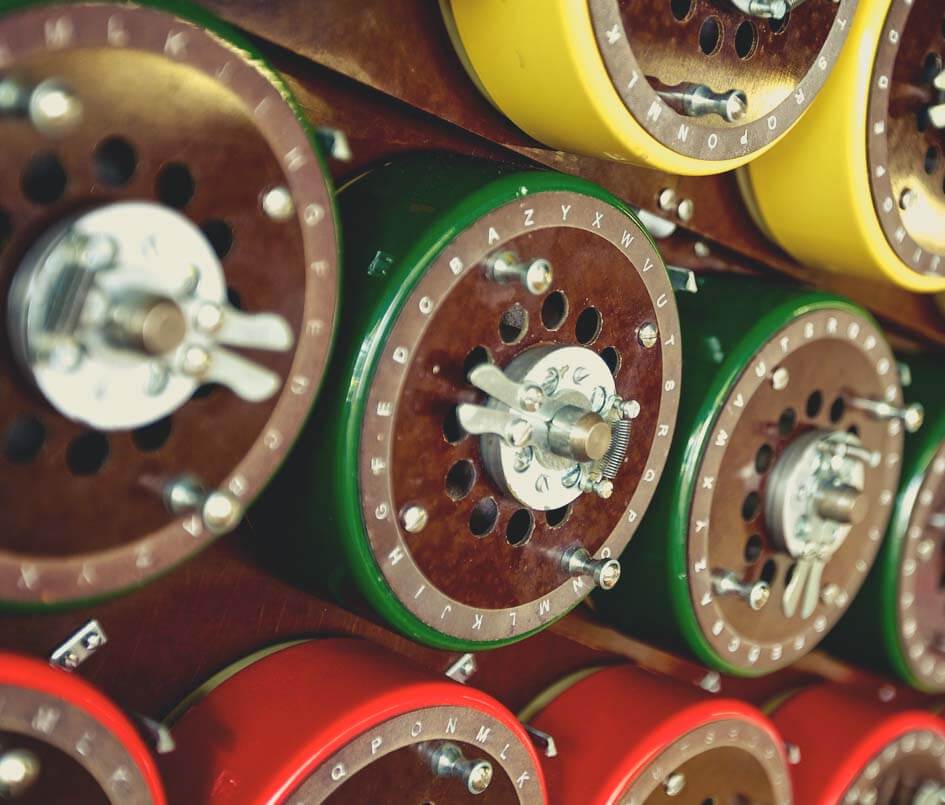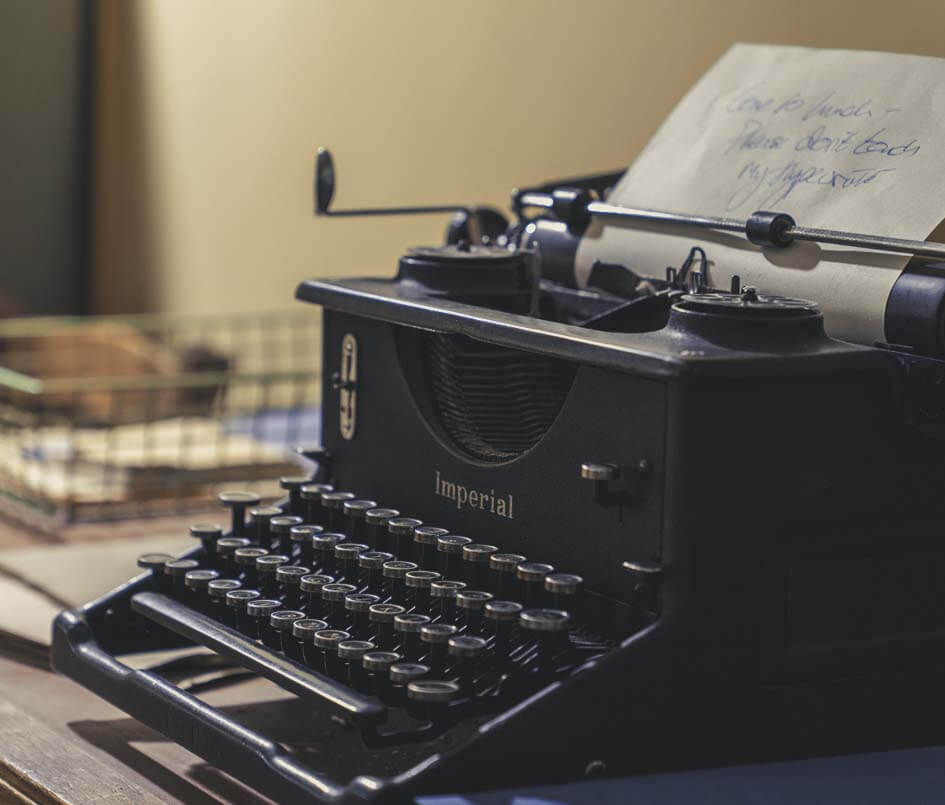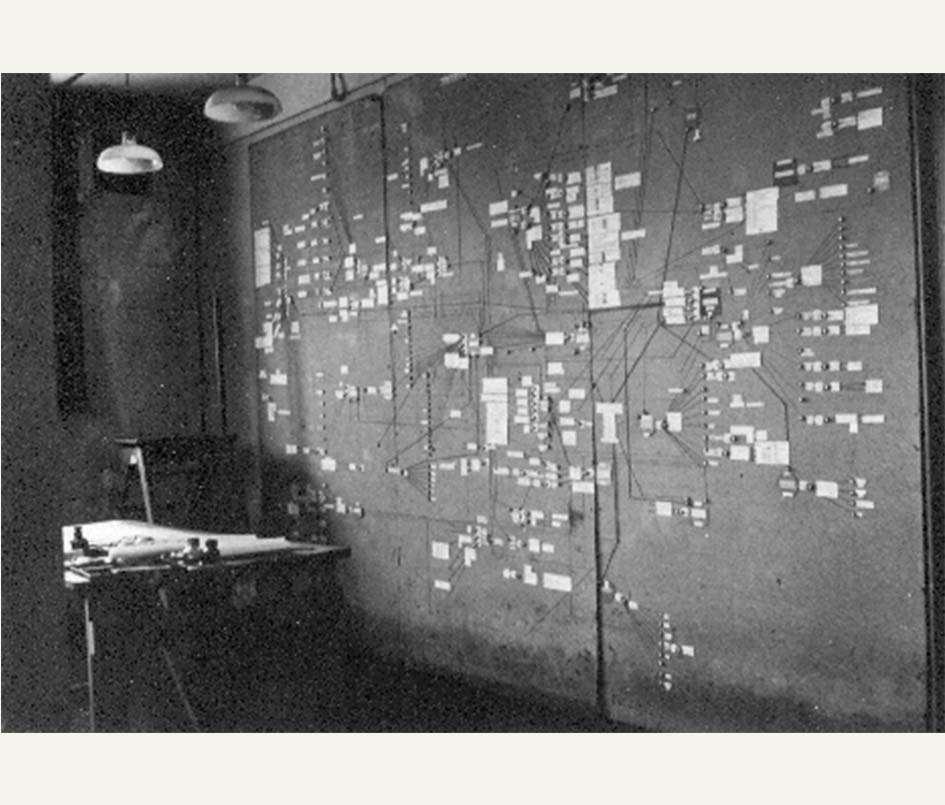These Alan Turing-designed devices changed the course of the Second World War, saving millions of lives in the process. Here is everything you need to know about the Bombes…
- Why were the Bombes needed?
Bletchley Park was set up to decode intercepted Nazi messages, some of which had been encrypted using Enigma machines. These devices typically changed settings every 24 hours and with 159 quintillion possible combinations every day, the staff at Bletchley Park worked around the clock to break the settings by hand. A mechanical method for identifying the keys was needed and Alan Turing designed the Bombe to speed up the process.
2. How did the Bombes work and who operated them?
Enigma machines featured a set of rotors, as well as a plugboard, which helped create the millions of different settings. The electronic Bombe machines featured multiple drums
representing these rotors, allowing for potential settings to be quickly checked. Hundreds of the machines were operated by Wrens. It was said to be boring and oppressive work, with the women running the machines during long shifts in dark, stuffy rooms.
3. Where were the Bombes located at Bletchley Park?
Huts 11, 11A and 11B were the home of Bombe operations at Bletchley Park. The very first machines produced were delivered to Hut 1 but, once the prototype Bombes were fully operational, more space was required. Hut 11 was built first, housing up to six machines from March 1941. Hut 11A replaced Hut 11 in February 1942, housing up to nine machines. It also contained the Bombe Control Room (this later moved to Hut 3, renamed Hut 23 in 1943). Hut 11B, a long timber-built hut to the south of Hut 11A, was used for training Wren Bombe Operators. Now demolished, its foundations have been exposed as part of the new exhibition project.



